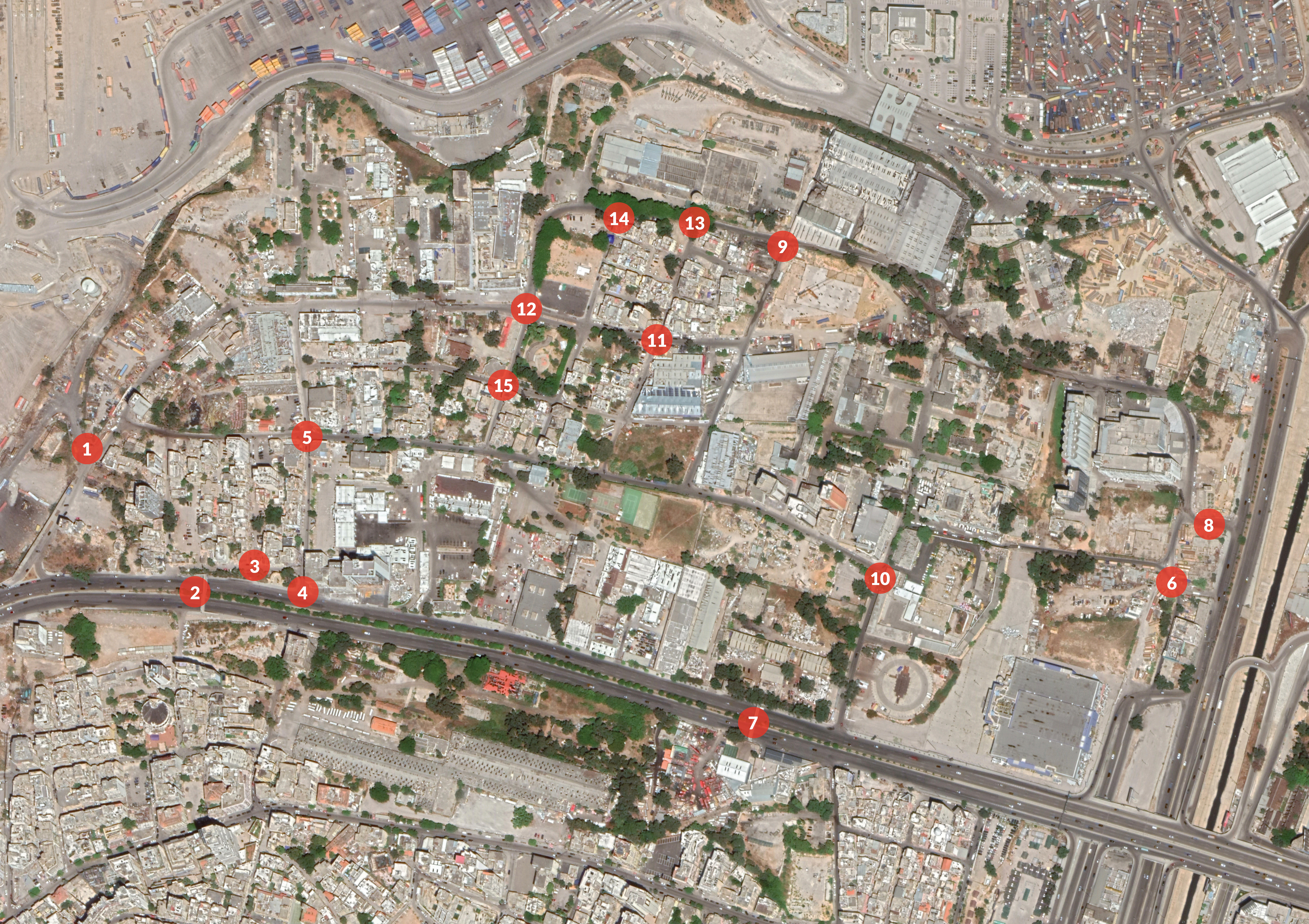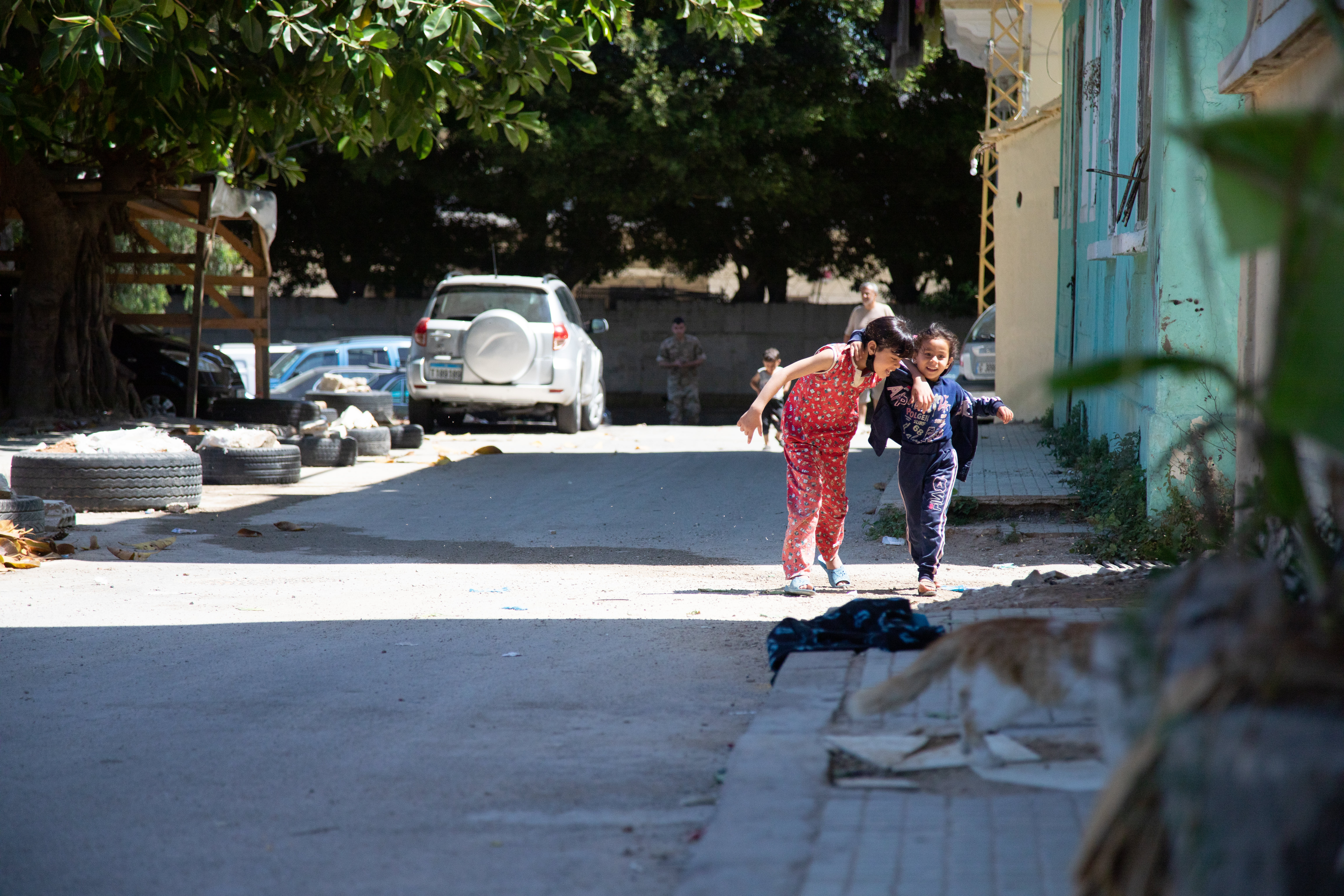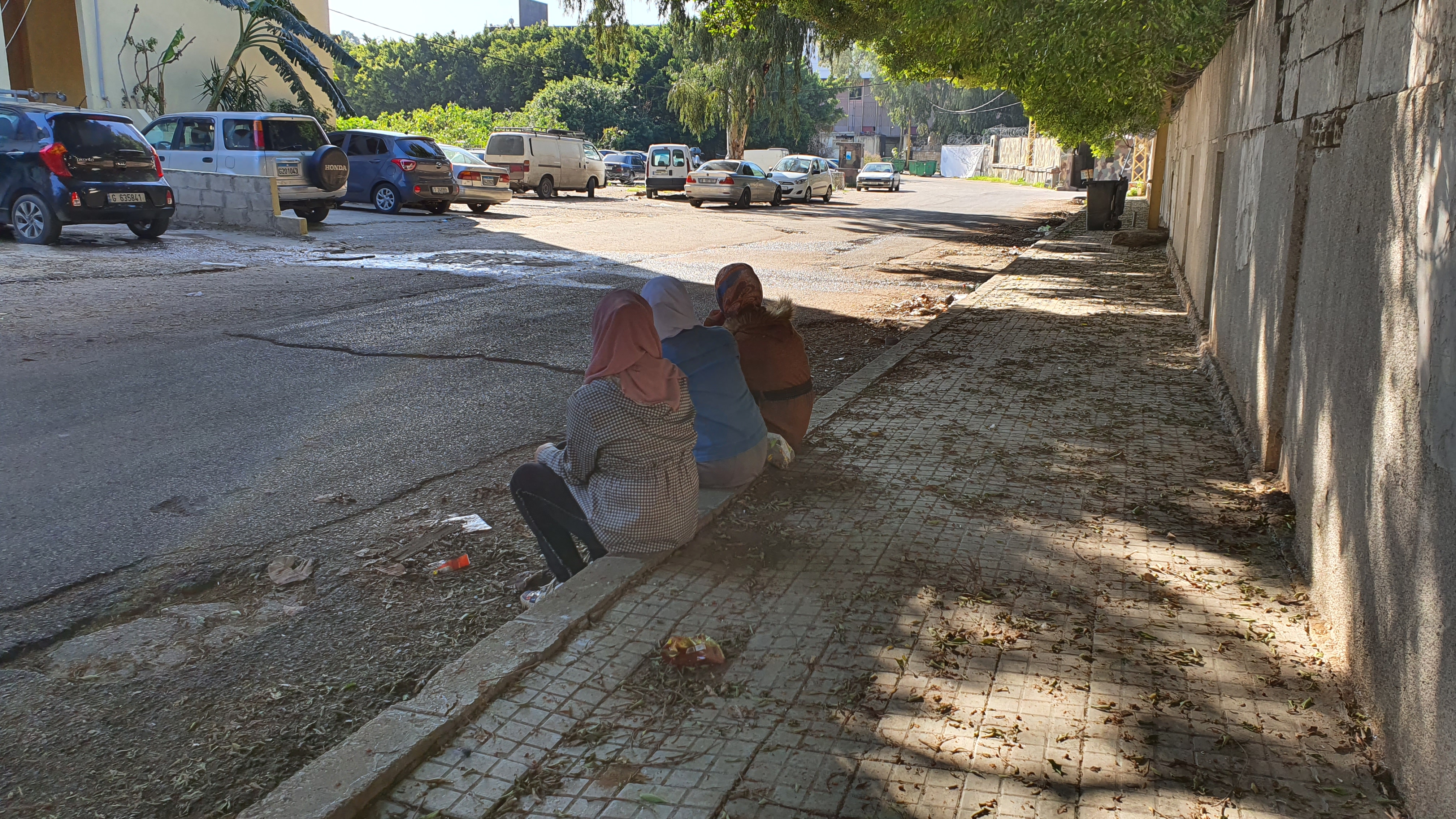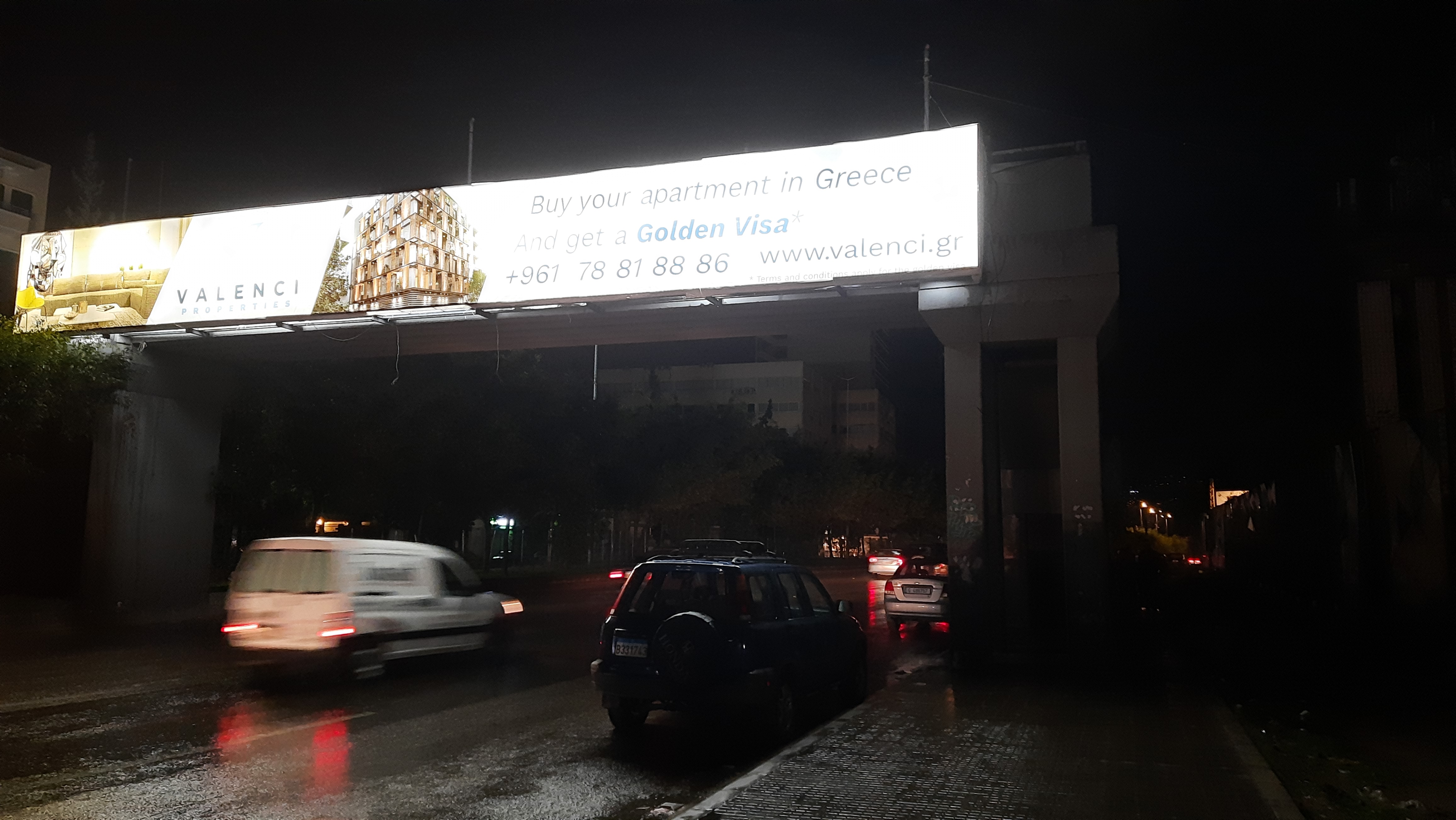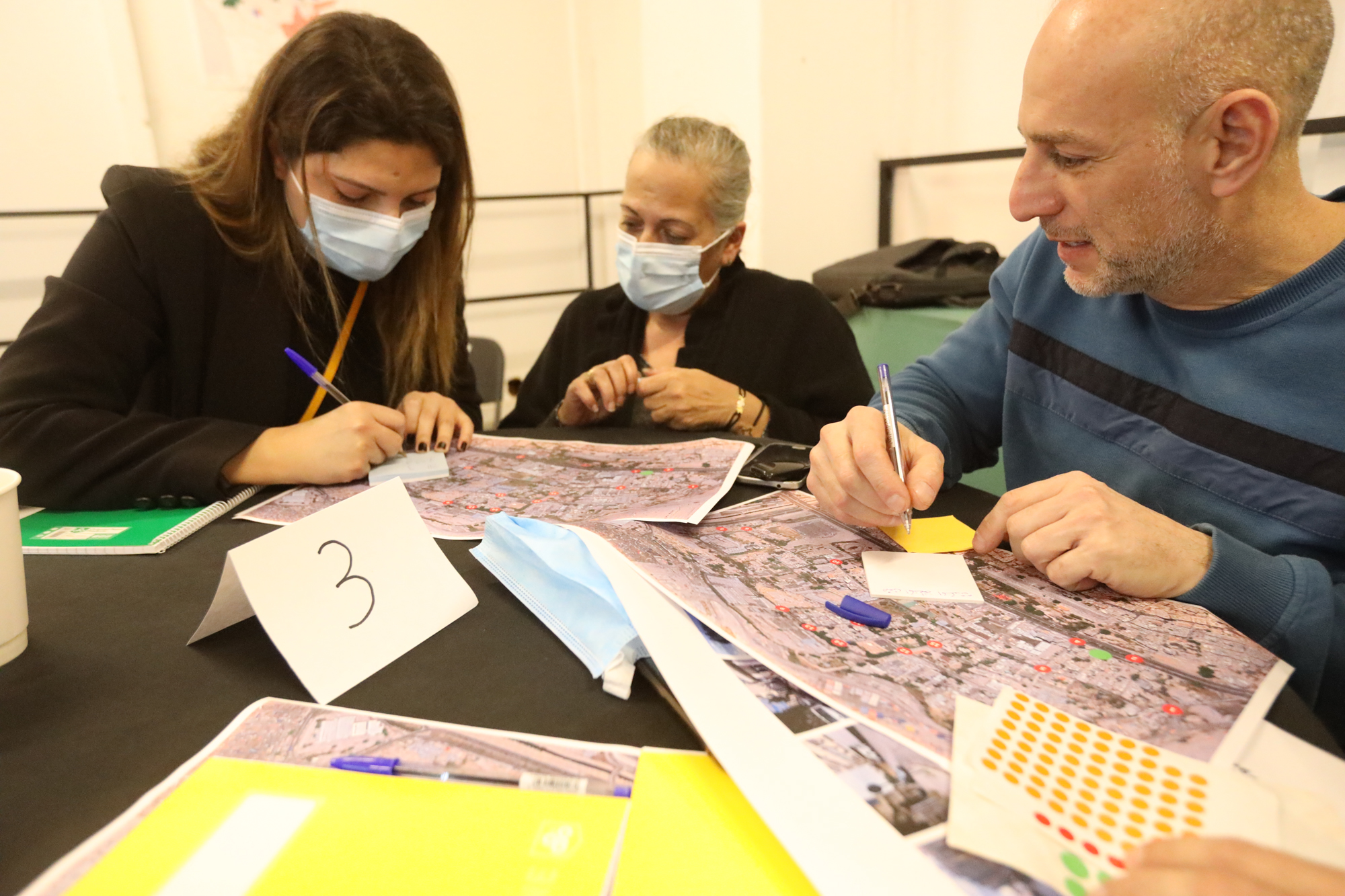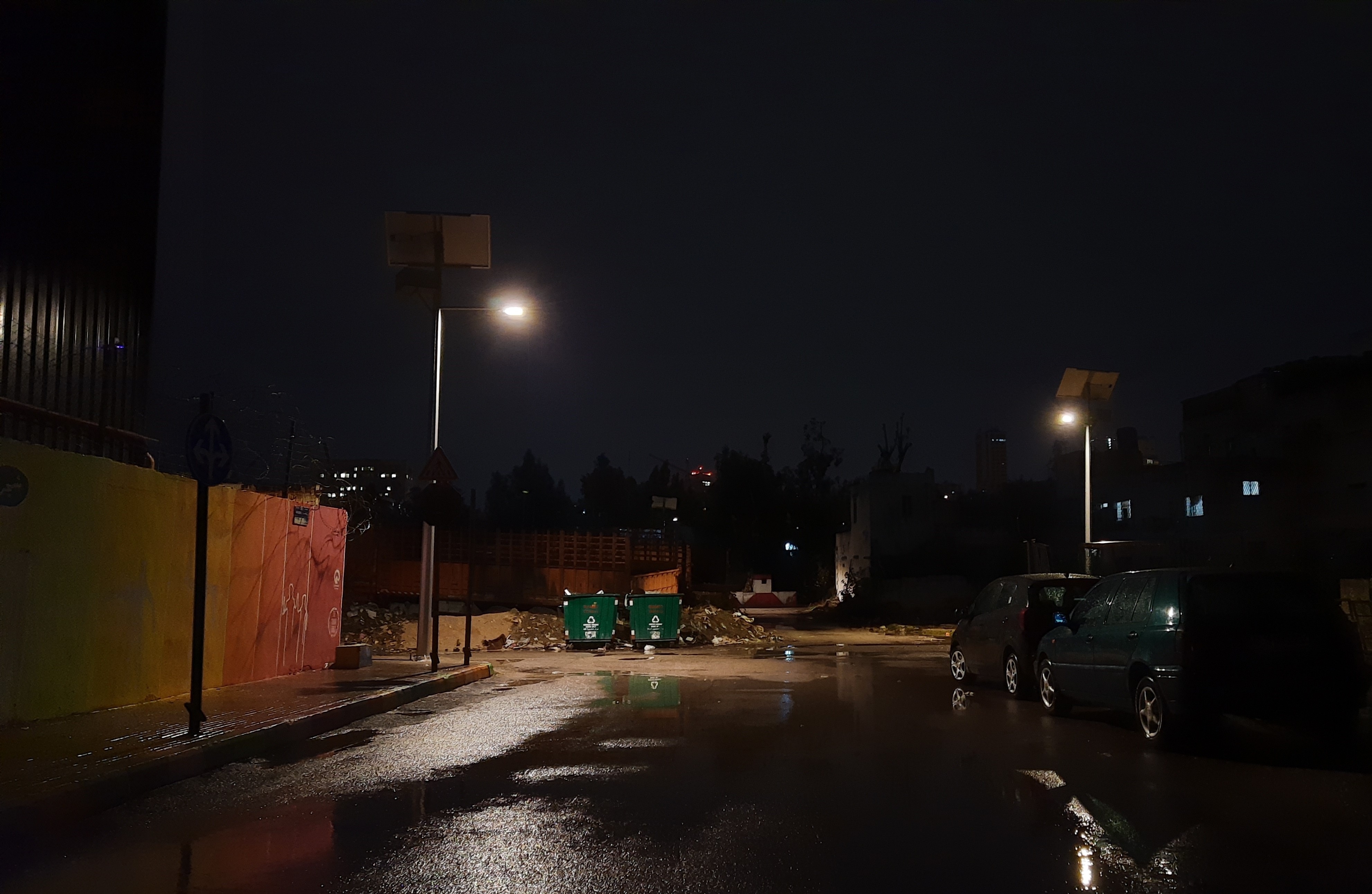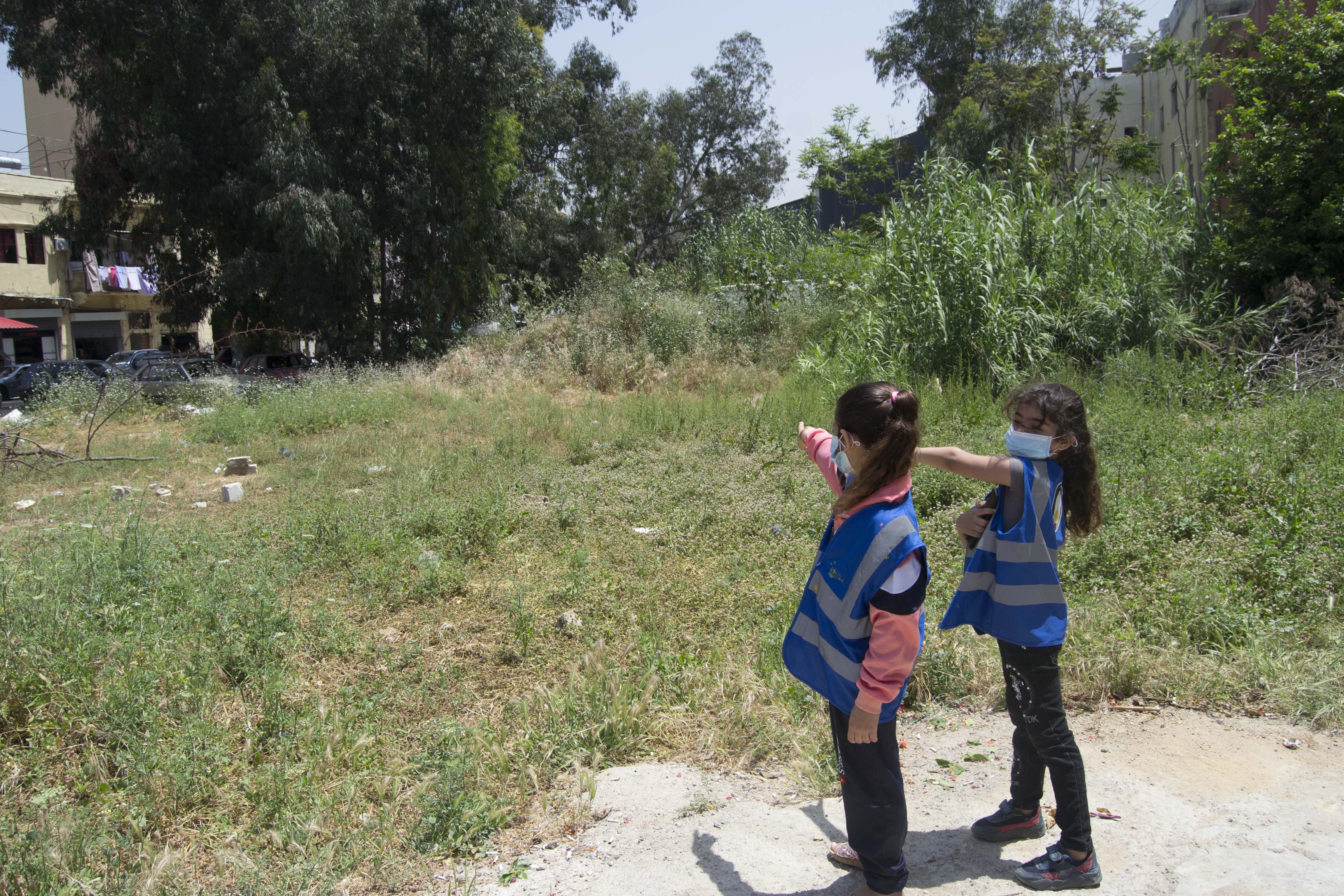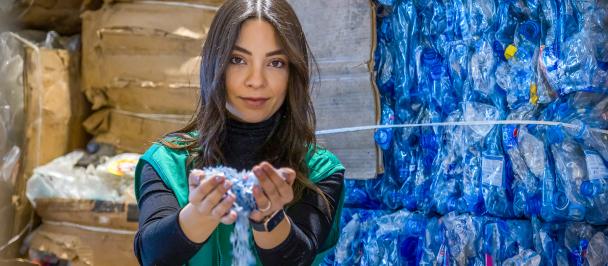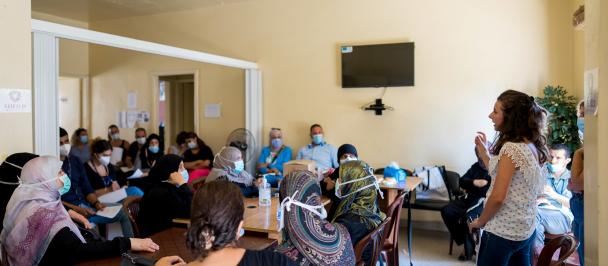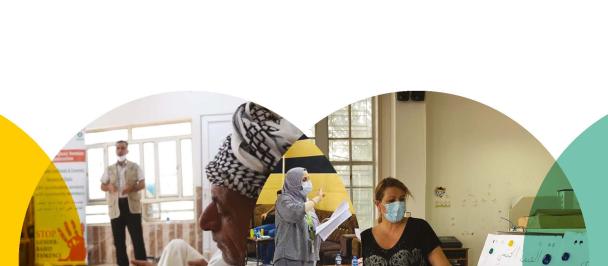By Roland Nassour, Urban Recovery Officer, UNDP Lebanon | Joana Dabaj, Co-founder and Principal Coordinator, CatalyticAction
Gender inequalities in Beirut’s public spaces - Insights from the area affected by the Beirut Port Blast
March 8, 2022
The infamous August 4th 2020 Beirut Port Blast has brought into question the city’s planning and problematic decisions that have shaped the city and its socio-spatial construct, including ways in which gender vulnerabilities have been exacerbated over time, making women in Beirut among the most affected by crises. As a response to the explosion, multiple initiatives have sought the enablement and wellbeing of women by providing them with livelihood support, protection services, and by encouraging their leadership and participation in the coordination frameworks. However, a year and a half after the port explosion, rehabilitation projects are expanding beyond the blast’s immediate impact, and urban visions and plans for the port and its nearby neighborhoods are being put forward to “build back a better city”. This should not be done without a deeper look into the relationship between women and the urban space, if we really want a city where women have equal urban rights. A healthy and liveable city, for instance, is one where women can access the public domain as their own, not only for movement and transport, but also for social interaction, cultural expression, civic engagement, and more. In this blog, we explore the gendered use of public spaces in the Karantina neighborhood of Beirut that was drastically impacted by the Beirut Port Blast, drawing insights from the gender-sensitive public life assessment research project conducted by UNDP Lebanon and CatalyticAction charity, as part of UNDP’s integrated neighborhood recovery mechanism.
A street in Al-Khoder sub-neighbourhood, a residential area in Karantina
A people-focused analysis of public space
The project “researching public spaces in Karantina following citizen science methodology” was implemented one year after the Beirut Port Blast. It sought to empower the local community to identify the needs and forms of vulnerabilities within their neighborhood’s public spaces and to develop ways in which residents can participate in the design and co-production of a more inclusive and resilient public realm. We recruited and trained 10 citizen scientists; they are men and women, Lebanese and Syrian, who portray knowledge in the context of Karantina either having lived or worked there. The data collected by the team included the survey of 15 street nodes, using the Ghel’s institute public life tools which we adapted to the local context and priorities. These tools are developed to conduct in-depth observations of public spaces in order to understand who are the groups that use the streets, how and how frequently they use them, and why. The streets were carefully observed at four times of the day, on weekdays and weekends, building a qualitative and quantitative picture - disaggregated by gender and age - of the human and social interactions with the built environment. The observations were complemented with intercept surveys to better understand the street users’ perceptions, behaviors, and backgrounds (nationality, job, place of residence, etc).
The 15 locations of study in Karantina
“For the first time, I am happy to be part of the long-neglected Karantina neighborhood. Being able to analyze our problems and come up with solutions made me feel proud to live in Karantina; it made me feel an important active member of my neighborhood” - A female participant in the consultation workshop.
Women from the neighborhood played a crucial role in this research being citizen scientists who represent their diverse communities, sharing insights about their life experiences, researching their needs, and thinking of ways to address them together. Through the different phases of this project which included training, data collection, data analysis and consultations, we were able to engage a wider number of residents including women with different intersectional backgrounds. The last phase of the project included a community consultation workshop to validate the research findings and reflect on the next steps. During the workshop, the key topic of women in public spaces was discussed with women and men from the neighborhood equally participating, including members of the UNDP-supported residents committee. The research process reflected our goal of community empowerment, which entails the positioning of women and other vulnerable groups at the center of the recovery process.
Female citizen scientist conducting fieldwork
Two women walking near the hospital and park
In numbers: women are unwelcome in public spaces of Karantina
The study found that all fifteen streets and intersections in Karantina, without exception, are largely dominated by men, with an average male percentage of 77% and an average female percentage of 23%, on weekdays. The gap grows further on weekends, with 82% males and 18% females. The highest registered daily proportion of females reached only 35% (location 11).
Total gender count of street users in Karantina across times of the day (weekday and weekend)
The number of females in the public domain varied throughout the day. The change is consistent with the overall trend of pedestrians in Karantina: It peaks at noon and drops down nearly 60% in the early evening. Though this drop affects the presence of both genders, it leads to a near-absence of women after sunset time. A total of only 25 females on a weekday and 22 on weekend were observed in the whole study area during a 20-minute long observation after 5pm. It is worth noting that the economic activity decreases noticeably at this time of the day, which can be one of many contributing factors that affect the presence of people- particularly women, in the outdoor environment, especially that the streets offer little option for activity beyond the necessary, work-related mobility. Another factor could be the lack of street lighting, turning the neighborhood into what seems like an unsafe ghost town.
Gender distribution of street users across all locations (weekend data)
Streets with the strongest registered female presence - still below 35% - are the most inner, residential ones, where there is a dominant sense of family community. In Al-Khoder and Senegal sub-neighbourhoods, notably in locations 11, 14 and 15, the highest female age group was that of young women and girls aged 5-18 years old, followed by girls aged 1-4 years old and women aged 25-64 years old - the age of caregivers. In location 14, there is a large open space next to residential buildings where large families with many kids live. Here, people feel that the place is safe for their children to play in the empty land lots that have escaped development due to planning regulations and restrictions. Families and neighbors can find some shade near the trees, away from passing cars. Women, notably Syrian refugees, are also observed having picnics in these empty lots on sunny days where they sit on the ground at the edges of an empty sandy land, near the residential area, and watch over their children as they play around. The highest number of women aged 19-24 is in location 11. These are mostly the Karantina hospital employees who take their break near the shops . In this location, the presence of women used to be higher before the economic crisis, noted the Citizen Scientists. Women usually go out for grocery shopping on a daily basis, and they get the chance to socialize and meet friends. With the increasing economic difficulties, these visits decreased in frequency since many households had to cut back on their consumption.
The average of women aged 65+ was minimal across all locations. Senior women avoid using public spaces in Karantina for the same reasons as women of other age groups, but in particular they feel more vulnerable to being targeted by robbers, and more prone to difficulties and injuries while using the impractical sidewalks and damaged pavements. Another point that was raised as a key barrier for senior women to use the public spaces is the fact they feel estranged in their fast changing neighborhood “there is no familiarity, I walk like a stranger in my own neighborhood. After the explosion, the streets changed. They are filled with new people, whether NGO staff, new tenants, or visitors. I prefer to stay at home”, said a senior woman resident of Karantina.
Young girls playfully walking on Rachededdine Street
The skewed gender ratio is most pronounced at the edges of the residential clusters, in the streets and intersections closest to the Beirut Port and warehouses. Though most of these locations (1,6,8, and 9) are key connectors with the rest of the city, they registered almost 0% of women and girls, including among mere commuters or passers-by. The absolute absence of females may be attributed to the unregulated traffic and parking of trucks, the lack of lighting, the derelict land areas, the abandoned buildings turned into informal waste dumps or used as urinals, the stray animals, and other conditions that have created an unsafe and unhealthy environment. The lower proportion of women was found consistent with a decrease in the general count of pedestrians, which indicates that most users avoid these spaces unless it is necessary to use them. “The area where there are factories and warehouses is only for men; women do not go there because they have nothing to do there. That is why when my colleague (another female citizen scientist) did the observations there, she felt out of place and therefore unsafe ”, said a female citizen scientist.
Adolescent girls sit on the edge of a sidewalk in Karantina
The uses of the two pedestrian bridges connecting Karantina with Mar Mikhael were also analyzed. These are the only options for people to safely cross the highway. The Mar Mikhael bridge (location 2) registered a female percentage of only 28% on the weekday and 12% on the weekend day. The significant drop in the weekend can be attributed to the weekday presence of working women in the offices, NGOs, and the Karantina hospital. This is consistent with the age groups that frequent this location and its vicinity, mostly women between 19 and 39 years old. Originally, this bridge is expected to re-connect the parts of the Medawar district, divided by the Charles Helou Highway since 1958. Residents of the two sides are historically neighbors or relatives, and, according to the discussions that we conducted with the community, many need the bridge to meet their friends, visit the church on Sunday, visit the mosque on Friday, check on family, and more. However, the low proportion of women reveals that the bridge is predominantly used for necessary movement only. To understand why, we had a closer look at the spatial conditions of the bridge and surroundings: The spaces around the bridge’s landings are narrow, concealed, and unlit, with multiple visual and physical obstructions- an ideal environment for robbers and harassers. The bridge itself is covered with gigantic advertisement panels on the sides, and is surrounded with tall, poorly managed trees, blocking visibility to and from the bridge deck. During the discussions, it was reported that pedestrians- especially women- are frequently robbed in this area. “Women cannot use these bridges, every other day we hear of a story of a woman being robbed or harassed”, said a man resident of Karantina.
Pedestrian bridge between Karantina and Mar Mikahel: an unsafe environment for women
The citizen scientists also observed the modes of movement and types of activity in the streets. The main activity that women and girls are observed doing in the open space beside girls playing (33%) is waiting for transport (29%), resting (25%), observing people (19%) and conversing (14%). On the other hand, the main activities that men and boys were doing were conversing (22%), smoking (12%), repairing vehicles (11%), waiting for transport (9%), eating or drinking (8%). The survey of stationary activity showed most women (66%) were on the site for a short period of time, while most men (53%) stayed for a long period. These results are consistent with the intercept survey that we conducted. Among the questions, the survey asked street users “How long do you plan to stay at this place?”. The most reported answer among males was “more than an hour”, while the most frequent answer among females was “less than five minutes”.
Even the basic sauntering seems like a far-fetched activity for women in Karantina. Indeed, the insensitive physical design of streets is a major hurdle for women’s freedom of activity in the public domain. Usually designed by men, these spaces ignore women’s needs and aspirations under the guise of gender neutrality. But there are also economic and societal reasons for this gap. Women are often expected to limit their use of the public space to certain times and activities that are deemed socially acceptable. A woman who attended the consultation workshop said “I won’t let my daughter walk outside after 4pm. People would talk ill about her. This will harm her reputation, and we have to abide by our cultural norms”. Another woman, however, rejected this argument, “we shouldn’t submit to these pressures and confine ourselves to four walls”, she said. In addition, women’s presence in the public space is largely affected by their job and family responsibilities, usually more complex and time consuming than men’s. In Karantina, most women handle main household tasks, and are busy taking care of the house and family, with minimal time for themselves.
Analyzing the quality of the streets during a community consultation session
Conclusion
Women cannot fulfill their rights to the city without an equal opportunity to public spaces. They must be able to safely and comfortably use the streets anywhere and anytime, especially for optional and leisure activities. In fact, the number of women and the diversity of their activity observed in the public space are indicators of the health, safety, and inclusivity of the city in general.
Lebanon ranks 132nd in a list of 156 countries on the Global Gender Gap Index which measures gender gaps on diverse levels of economic participation and opportunity, educational attainment, health and survival, and political empowerment. However, we believe that urban planning plays a crucial role in the gender gap. By designing cities that respond better to women’s needs and preferences, women’s wellbeing is improved, and they are given more options for cultural and civic participation.
To this end, we need to have women take leading roles in the co-planning and designing of the city. In Karantina, the recently established residents committee is playing an active role in enabling women’s participation in decision making. We are also building on the assessment of public space to co-design with local women and girls places and streets where they can feel ownership and belonging. Another study of the use of public space will be conducted later to measure the impact of these interventions, generating learnings that can help us refine solutions and scale them in Karantina and beyond.
The recently installed solar light poles in parts of Karantina are only a first step towards a more comprehensive approach to street safety in the neighborhood
Young girls mapping the spaces they like and dislike in the neighborhood

 Locations
Locations